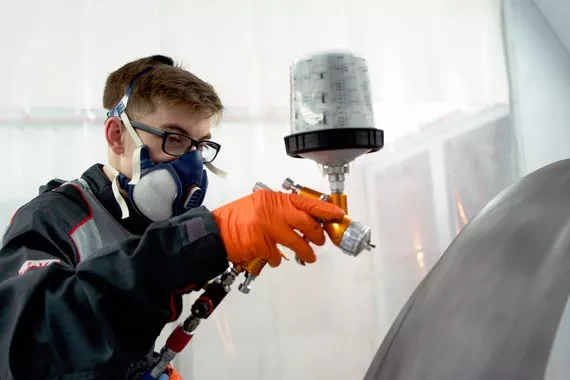
Find your nearest IMI Centre who offers this product
Documentation
Start Date: Mon, 01/09/2025
The broad purpose of the occupation is to ensure that construction and allied-based plant and equipment, through technical and diagnostic activities, have been made fully functional, safe and efficient where problems occur. The technician will also complete important activities around installing, decommissioning, upgrading, modifying or adapting. They will deal with a wide range of construction-based equipment including static and mobile plant which has a high level of complexity for operational efficiencies. This complexity may include dealing with stringent engine emission requirements, where the understanding of complex programmable electronic systems together with a mechanical and a chemical conversion process is required. With the advent of mechatronic-based operations, hybrid and clean-technology equipment, the technician must be able to adapt to new and changing technologies for zero-carbon equipment. The occupation is a key role in keeping construction and allied-based equipment fully functional and efficient, which can affect the delivery of national infrastructure and housing build programmes.
In their daily work, an employee in this occupation interacts with customer or client representatives, site managers or site supervisors, site safety representatives, plant operatives, other site workers, sales staff, hire controllers, direct line managers or supervisors, technical advisors, manufacturing staff, co-workers and administrators.
Occupation summary
This occupation is found in the construction and allied sectors, these may include manufacturers, plant hire companies, construction contractors, industry employers, or an independent maintenance or inspection organisation in employers such as within the construction, demolition, rail-plant, extractives or mineral products sectors.
Role/Occupation
Advanced field service technician
Construction plant advanced maintenance
Plant maintenance technician
Workshop technician
Progression opportunities
Progression from this apprenticeship could be into management positions or on to higher level training and apprenticeships.
Minimum duration to gateway
Typically, the minimum duration to the end-point assessment gateway is 36 months. (This does not include the EPA period).
Entry Requirements
Employers will set their own entry requirements.
End-Point Assessment Gateway (Mandatory)
English and Maths at Level 2 achieved (if not already held or exempt). For those with an education, health and care plan or a legacy statement the apprenticeship's English and maths minimum requirement is Entry Level 3. British Sign Language qualifications are an alternative to English qualifications for individuals where this is their primary language.
Apprentice has met the minimum requirements regarding the knowledge, skills, behaviours defined within the standard.
Apprentice has completed the off-the-job learning components of the programme. Employer and Training Organisation agree that the apprentice is ready for EPA.
Apprentice has completed a portfolio of evidence (supports the interview).
Assessment Overview
An apprentice will typically spend 36 months on-programme working towards the apprenticeship standard.
The EPA takes place at the end of the apprentice’s learning and development, after the apprentice has met the EPA Gateway requirements.
The EPA has two assessment methods. The EPA window is typically 3 months.
Component 1: Practical assessment with questions
Component 2: Interview underpinned by a portfolio of evidence
Overall Apprenticeship Grade
Fail/Pass/Distinction.
The apprentice will be awarded a Fail or Pass for practical assessment with questions and a Fail/Pass/Distinction for the Interview underpinned by a portfolio of evidence.
To achieve a Pass, the apprentice must meet all the Pass criteria within the assessment method.
To achieve a Distinction, in addition to meeting all the Pass criteria for the Practical assessment the apprentice must achieve a Distinction in the Interview underpinned by a portfolio of evidence.